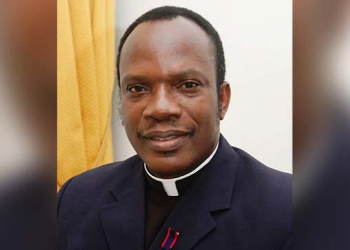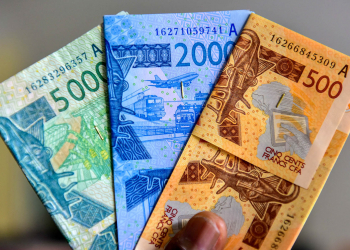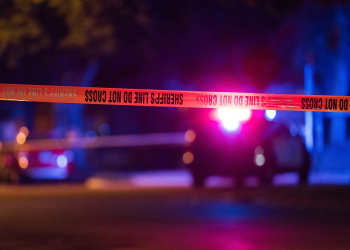African Center for Energy Policy (ACEP) says Ghanaians should seriously consider solar power as an alternative source of energy in the wake of a protracted energy crisis.
ACEP Deputy Director Ben Boakye told Joy FM’s Super Morning Show Tuesday, an important barrier to solar power, which is cost, has reduced significantly enough for consumers to consider it as an alternative.
Ghana has enough installed power capacity of 3,644MW to meet a peak demand of 2,118MW. In practice, therefore, there should be no load shedding. But power plants need either gas or Light Crude Oil to produce electricity. Hence beyond installed capacity, government has to cough up cash to buy fuel.
“Dumsor is not a function of installed capacity. Dumsor is a function of your ability to procure sufficient feed or crude, or gas to power the plants” Enery minister Boakye Agarko pointed out during his vetting.
Government required at least US$1.18 billion to procure fuel alone for 2016, the Energy Commission has said. And there is the ‘garguatuan’ outstanding debt described as ‘legacy debts’ to settle. It is estimated at $2billion.
The energy crisis dominated much of President John Mahama’s tenure, slumped the economy to growth rates under 3.9% in 2016 and is believed to have cost the NDC government the 2016 elections.
Following erratic power supply over the past four weeks, consumers have expressed misgivings about whether the crisis endured since 2012 has resurfaced.
Four years after the crisis embedded in the power system recurred, the NDC government has had to sink more than $640million into two power purchase deals to alleviate the situation. It led to increasing cost of utilities by more than 50% in 2015 alone.
President Mahama announced in 2016 that power rationing had ended but warned there was a lot of work still to be done.
After more than nine months of stable power and a change in government, 2017 signs on the wall suggest the situation is still fragile and a political blame game is on about which government should be blamed for the resurgence.
“It is difficult to promise at this state, that we have ended load shedding,” Ben Boakye stated and refused to rule out a re-lapse.
As a testament to Ghana’s fragile power supply system, a re-lapse is possible even when scheduled maintenance on power plants are to be carried out.
In the meantime, Ghana relies on Ivory Coast, its neighbour to the eastern border for between 74mw to 140mw of power.
According to ACEP, the current power supply is “just about what [we] need”.
After shifting focus from hydro power to thermal power, the energy expert said the time is right for a shift to solar power.
‘I think it is the way to go” he stressed. He said a solar panel or two installed in homes can slash the recurring cost of power and reduce dependence on the Electricity Company of Ghana, the power distributor.
Despite government’s plan to cede 5% of energy generation mix to solar, not even 1% has been achieved, he said.
Only 2.5mw of Ghana’s power mix is from solar energy. The 2.5mw solar power plant at Navrongo in the Upper East Region was inaugurated in May 2013. It cost $2 million.
Ben Boakye says he wants to see government loosen bureaucratic hurdles to solar power distribution and financing so that individuals can adopt the sun source-energy to power their homes.
The push to solar power should be aggressive, he urged government. In February 2015, President John Mahama announced plans to help install 200,000 rooftop solar systems.
It was to be funded by increasing the Energy Fund Levy on Petroleum Products from Gp0.05 to Gp1.0. It is expected to save the country about 200 megawatts of power daily.
Join GhanaStar.com to receive daily email alerts of breaking news in Ghana. GhanaStar.com is your source for all Ghana News. Get the latest Ghana news, breaking news, sports, politics, entertainment and more about Ghana, Africa and beyond.




